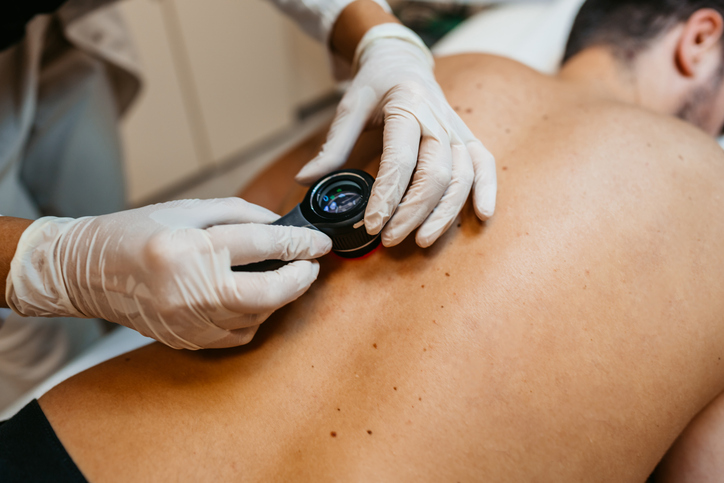Biosimilars are increasing in popularity, notably in the oncology world. Therefore, for this study, researchers evaluated oncology clinicians’ current understanding and knowledge of biosimilars, and what education gaps should be addressed in order to adopt biosimilars.
A total of 77 oncology clinicians (52 physicians, 16 pharmacists, and nine advanced practice practitioners) completed a three-pronged survey pertaining to clinician understanding, prescription preferences, and patient involvement. Results from the first 50 surveys guided researchers to create an in-depth interview regarding cost, safety and efficacy, patient preference, and disease stage. The interview participants were selected based on outlying survey responses.
One of the survey questions required an open-ended response to define “biosimilar,” which was given a score from 0 to 4. Respondents received one point each if they mentioned four predetermined components: a biosimilar is biologic, is manufactured differently from the reference product, has similar efficacy and safety, and has the same mechanism of action. A score of 2 or above was considered satisfactory, while a 1 or 0 was considered unsatisfactory. About three-quarters (74 percent, n = 57/77) of participants were not able to give a satisfactory definition for “biosimilar”; 40.3 percent (n = 31/77) equated a biosimilar to a generic drug.
Researchers gave respondents a composite understanding score based on their answers to the first five survey questions, which included the open-ended biosimilar definition question. The remaining questions were:
- Please rate your overall familiarity with developments in biosimilars in oncology (extremely familiar, moderately familiar, somewhat familiar, slightly familiar, not at all familiar)
- A biosimilar agent has the same chemical structure and manufacturing process as the reference brand name agent (true/false)
- Biosimilars are currently approved for the treatment of which of the following cancers? (bone, pancreatic, lung, kidney, colorectal, liver)*
- What must a biosimilar demonstrate in order to be given the designation of being interchangeable by the US FDA? (it must have the same amino acid sequence as reference drug, it can be alternated with reference product with no change in safety or efficacy, the cost must be similar to the reference drug, it is given the designation by the US FDA when approved as a biosimilar)
*Per the researchers: “For question 4, naming one or two of the cancers for which a biosimilar is approved was scored as partially correct, naming all three was scored as correct and naming a cancer with no approved biosimilar resulted in an incorrect score”
The mean composite understanding score for all respondents was 2.02; scores ranged from 0.05 to 3.50.
When asked what factors were most important to consider when prescribing a biosimilar, the top-rated answers were safety and efficacy (4.51 out of 5) and cost differences (4.34 out of 5). Clinicians were 40 percent more likely to prescribe a biosimilar if it had interchangeable status (53.2 percent versus 94.8 percent). About half (50.7 percent, n = 39/77) of respondents said shared decision-making with patients is important or extremely important, while 39 percent (n = 30/77) said it is somewhat or not at all important. Respondents were torn on the importance of disclosing to patients that they were being prescribed a biosimilar (important or extremely important, 46.8 percent [n = 36/77] versus somewhat or not at all important, 42.9 percent [n = 33/77]).
Based on the results, the researchers concluded that there is a significant need for biosimilar education for oncology clinicians. Information regarding safety, efficacy, and cost must be provided before clinicians can prescribe biosimilars to their patients.
Read more at Therapeutic Advances in Medical Oncology (https://journals.sagepub.com/doi/10.1177/1758835918818335)






 © 2025 Mashup Media, LLC, a Formedics Property. All Rights Reserved.
© 2025 Mashup Media, LLC, a Formedics Property. All Rights Reserved.